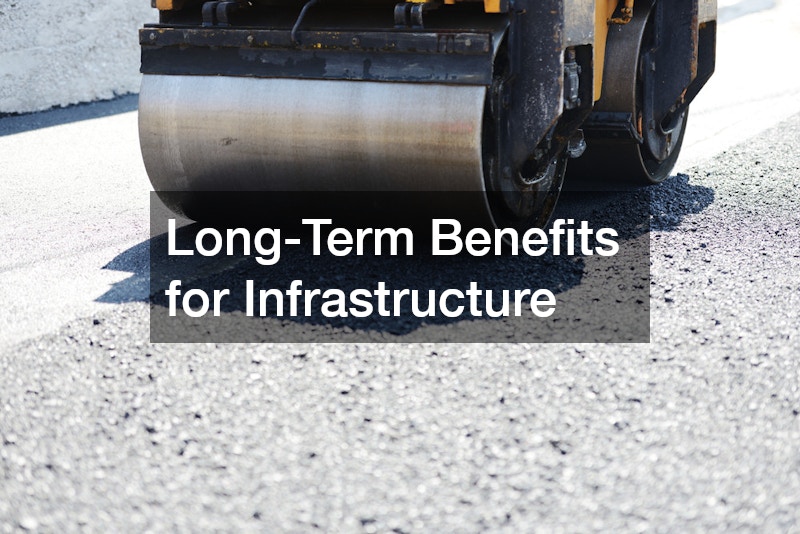Highway safety products are essential tools in maintaining the safety of road users by preventing accidents and saving lives. These products range from basic traffic cones to sophisticated electronic signs, each serving a specific purpose in regulating and guiding traffic effectively. As roads become increasingly busy, the role of highway safety products becomes even more critical in ensuring both driver and pedestrian safety.
Different Types of Highway Safety Products
Traffic Control Devices
Traffic control devices are necessary for guiding vehicles and managing congestion on busy roadways. Products like cones, barriers, and signs serve as visual and physical cues for drivers, directing them safely and efficiently. These devices not only help prevent mishaps but also encourage a smooth flow of traffic, reducing the risk of congestion-related accidents.
Different types of barriers, including fixed, movable, and water-filled, offer flexibility based on the specific requirements of a road or construction zone. Cones and signs are often used in combination to provide comprehensive guidance and warnings to drivers. The effectiveness of these devices is enhanced through the use of reflective materials that improve their visibility, especially in low-light conditions.
Road Surface Safety Solutions
Road surface safety solutions focus on enhancing the physical condition of roadways to ensure maximum safety. Anti-skid surfaces, for example, are crucial in providing a greater level of traction, especially in wet conditions. Likewise, clear and up-to-date lane markings allow drivers to easily identify and navigate lanes, drastically reducing the likelihood of accidental lane changes or collisions.
The application of high-quality materials in road markings and treatments also improves the durability and longevity of road surfaces. This minimizes maintenance costs in the long run while ensuring consistent safety standards for road users. Additionally, contrast markings are used to provide enhanced visibility during night-time driving, which remains a crucial factor in preventing night-time accidents.
How Highway Safety Products Contribute to Accident Prevention
Enhancing Driver Visibility and Awareness
An effective way highway safety products prevent accidents is by enhancing driver visibility and awareness. Reflective materials used in road markings and signs ensure they are visible under various lighting conditions, creating a safer driving environment. This visibility is especially important at night, where poor lighting can significantly increase the risk of accidents.
In addition to road markings, well-placed lighting such as streetlamps and vehicle headlights contributes to improved driver awareness. The ability to clearly see road features and obstacles allows drivers to react promptly, avoiding potentially hazardous situations. This proactive approach to safety is an integral part of how highway safety products reduce accident rates.
Managing and Protecting Work Zones
One of the most critical applications of highway safety products is in managing and protecting work zones. Construction and maintenance areas present significant risks if not properly cordoned off from normal traffic. By using specialized safety products, these zones can be effectively delineated, ensuring workers can operate safely and reducing the risk of accidents with passing traffic.
The use of barriers and signs communicates crucial information about road changes to drivers, facilitating a more controlled flow of vehicles through work zones. This not only promotes worker safety but also reduces the chance of collisions. Moreover, these safety products often employ bright colors and reflective surfaces, which heighten their visibility and prevent accidents even in adverse weather conditions or at night.
The Economic Impact of Highway Safety Products
Cost-Benefit Analysis of Implementation
Investing in highway safety products offers significant long-term economic benefits, outweighing the initial costs. When weighed against the reduction in accident rates and related liabilities, the financial benefits become apparent. In essence, the savings from fewer accidents and reduced damage to vehicles and infrastructure result in considerable cost reductions over time.
The implementation of these products can improve traffic efficiency, minimizing the economic loss caused by congestion-related delays. By streamlining the flow of vehicles and reducing the chance of obstructions from accidents, productivity and fuel savings are achieved. These assist in the long-term goal of sustainable and efficient transportation systems.
Long-Term Benefits for Infrastructure
Beyond protecting lives, highway safety products play an important role in preserving the infrastructure where they are implemented. By minimizing accidents and ensuring a smoother flow of traffic, the wear and tear on road surfaces is significantly reduced. This enhanced durability extends the lifespan of roads, reducing the frequency of repairs and major refurbishments.
Cost savings from less frequent maintenance are redirected into other critical public services or infrastructure improvements. This efficient allocation of resources underscores the importance of highway safety as both a preventative and cost-effective measure. Furthermore, improved road conditions help in maintaining a consistent and safe driving experience, a crucial aspect of public safety.
Highway safety products are indispensable tools for reducing accidents and improving road safety. These innovations not only protect lives but also offer significant economic benefits through cost savings and infrastructure preservation. Ongoing advancements in safety product quality and effectiveness ensure their continued role in facilitating safer travel.


